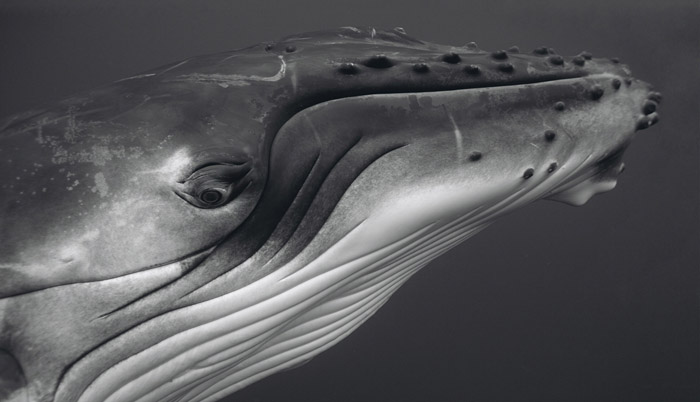The contrast between the global as instituted by neo-liberalism and the planetary, which is cumulatively under attack from its effects, is palpable in the Southern hemisphere. As the Australian public sphere continues in uproar on policy towards a few thousand refugees from the global, the slow indicators accumulate that there will be many times their number in the planetary change of geological era we have instigated.
One of the great unremarked ironies about the asylum seeker debate in Australia is that it is all intended to “send a message” to the would-be migrant. Now, I may not be the brightest person, but I do have a university degree and English is my first language and it still took me a week of reading to get a faint sense of what is intended.
The report presented to the government intends to encourage would-be refugees to go through the visa “process” in Malaysia, rather than taking to a boat and being processed in Australia. The new system will create Pacific outposts where a person will be detained for at least as long as the Malaysia system would take before being processed. Over $2 billion will be spent making the islands of Nauru and Manus capable of holding several thousand people. Clearly, then, the Malaysia system must be somewhat drawn out, or there would be no reason to hold people, When a person becomes a refugee, it is because they are afraid. Such a person may well not have the resources to fund a lengthy stay in Malaysia, let alone the language skills and so on.
The bulk of the seven thousand refugees heading for Australia this year have come from Afghanistan. Surely the reason for the increase is the growing crisis in the “country” as it breaks up into warlord-dominated regions in anticipation of the U. S. retreat in 2014. If the Karzai brothers are after you, it’s time to leave, whether the Anglophone governments of the world want you to do so or not.
One of the reasons that there is an extensive European settlement in Australia is the first globalization of whaling. Whalers shipped British convicts down here in substantial numbers. In 1791, a British whaler named Thomas Melville (ironically enough) wrote home that
We saw sperm whales in great plenty. We sailed through different shoals of them all around the horizon as far as I could see from the masthead.
It did not take long to exterminate this abundance. As early as the 1830s, whalers were selling up in Australia as the local species disappeared. There’s a slow recovery underway. Whale watching trips from Sydney usually see one or two whales on their voyages, which does not compare well to Melville’s first sight.
At least this damage was limited to what could be seen. In the current stages of the Anthropocene, the invisible structures of the ocean are changing. Today it was reported that the forests of giant kelp that support many species of life off south-eastern Australia have declined by as much as 95%. It’s a combination of effects caused by sea temperature rise, increased sedimentation and run-off from land use.
Above and beyond this specific change, scientists are using this as further evidence that the East Australian Current that runs down the east coast of the continent has strengthened because of climate change. The result is that ocean waters are warming and cold water species are moving further south to survive. There is of course a very finite limit to how far they can go.
Australia is admirably developing solar power and other renewable energy but even here it amounts to no more than 7% of total energy use and most of that total comes from a giant hydro-electric plant. Perhaps this is a naive suggestion from an outsider but I can’t help but feel that those billions spent to keep a few political refugees out might be better spent developing a far more extensive renewable energy system (for example), in order to mitigate the hundreds of millions likely to need to move if climate change develops in the way that it now appears that it it is going to do.

